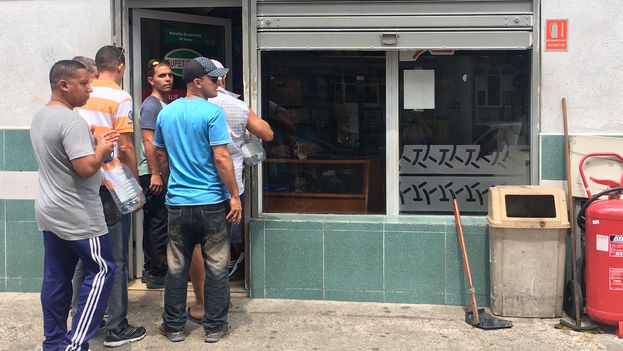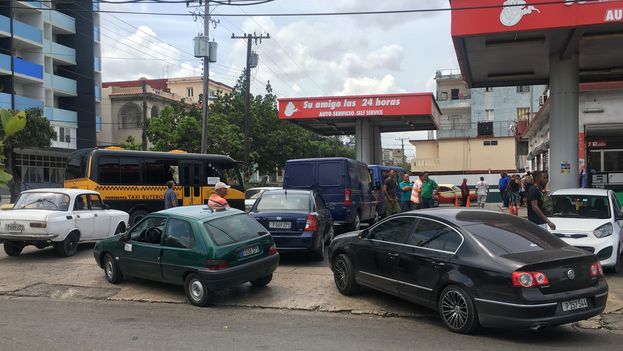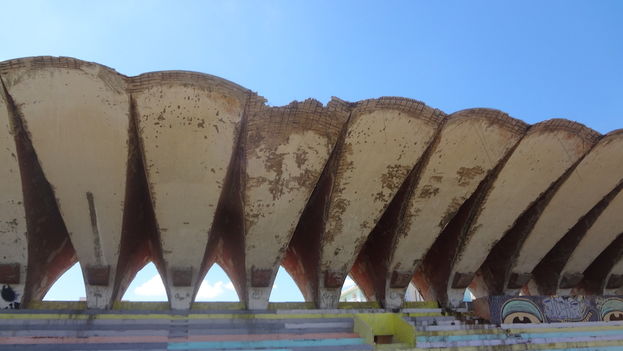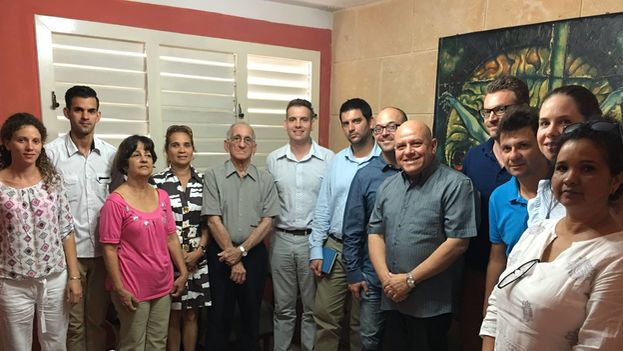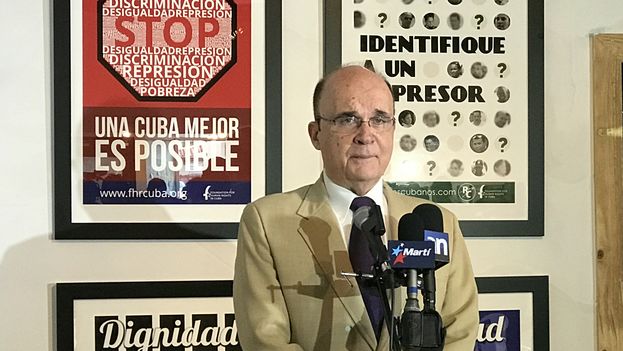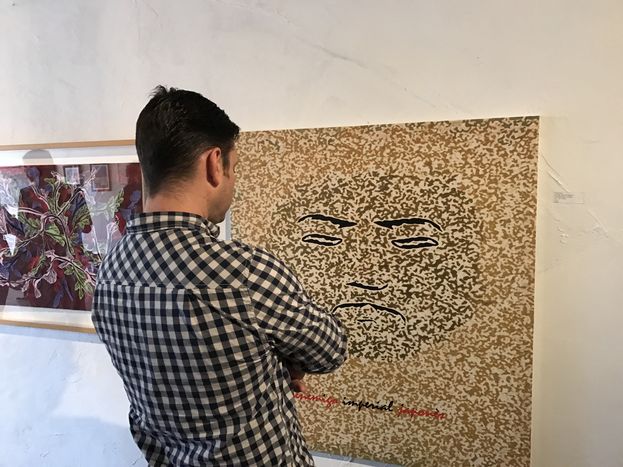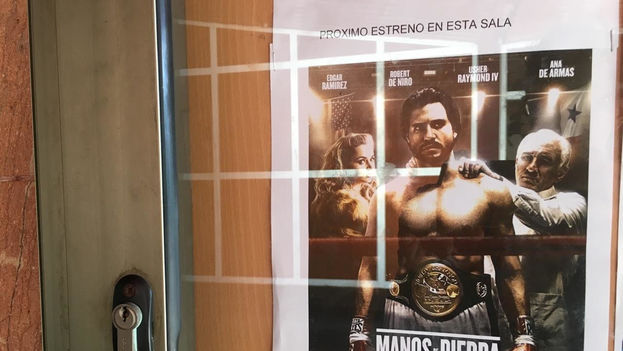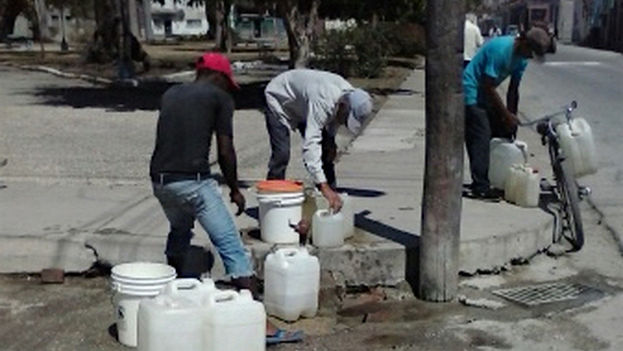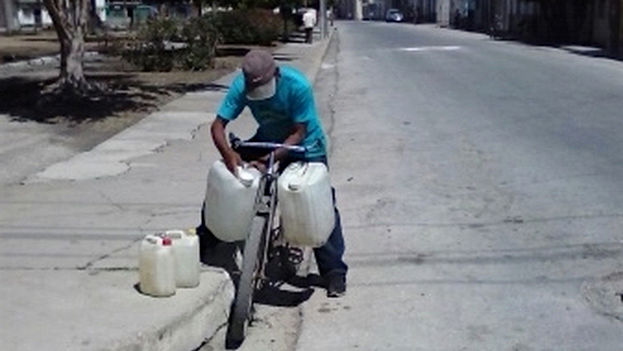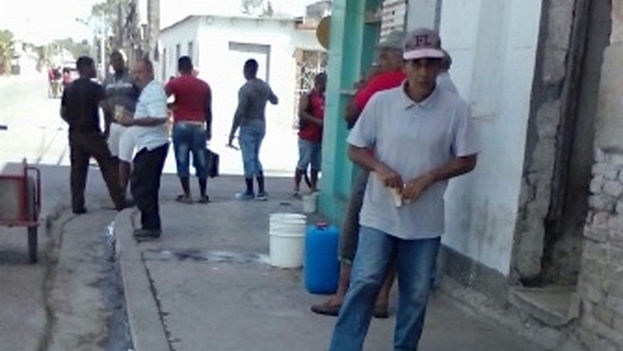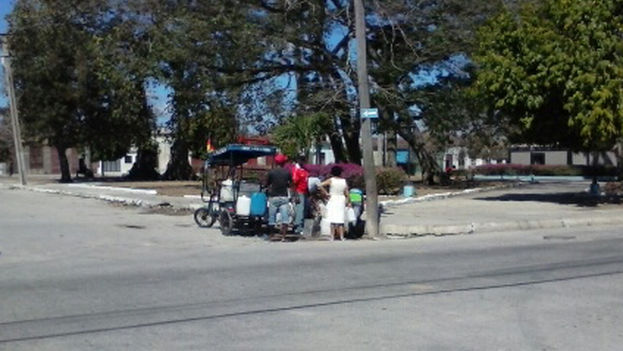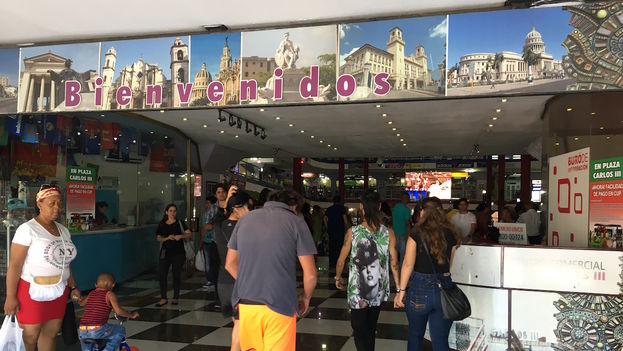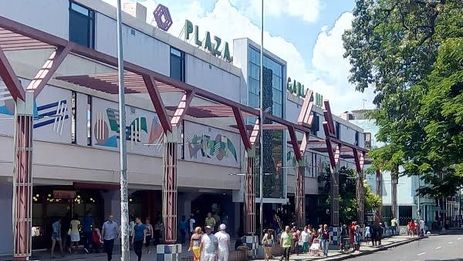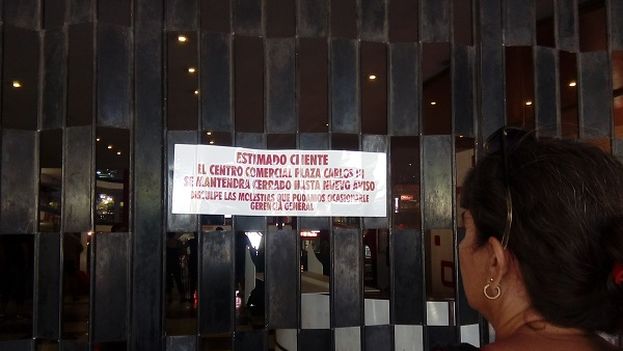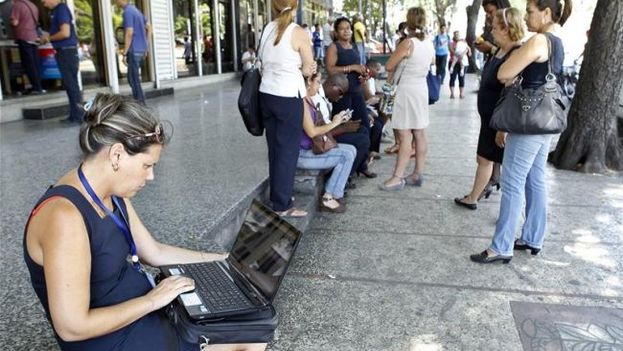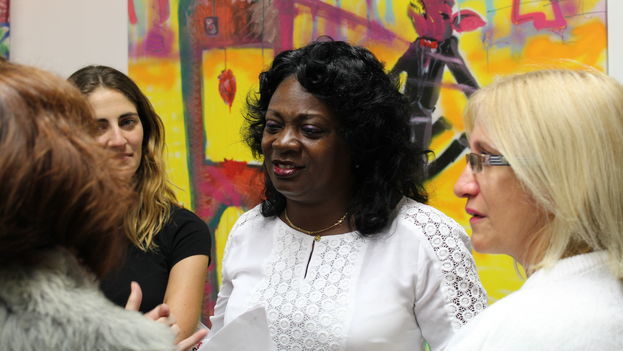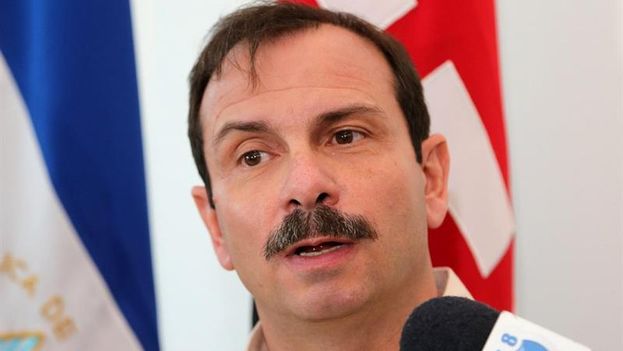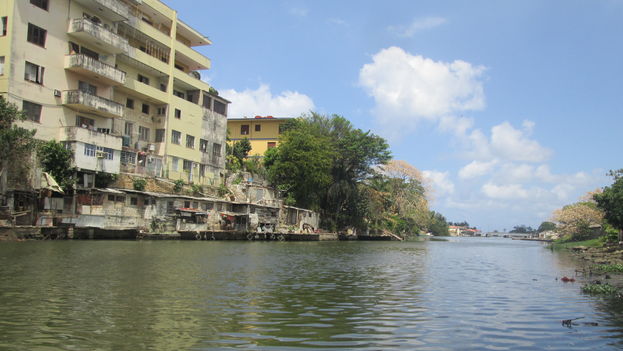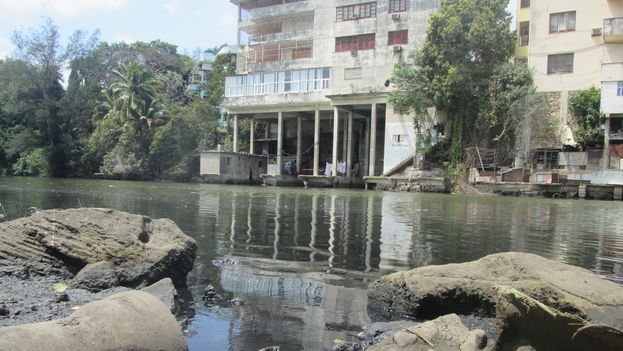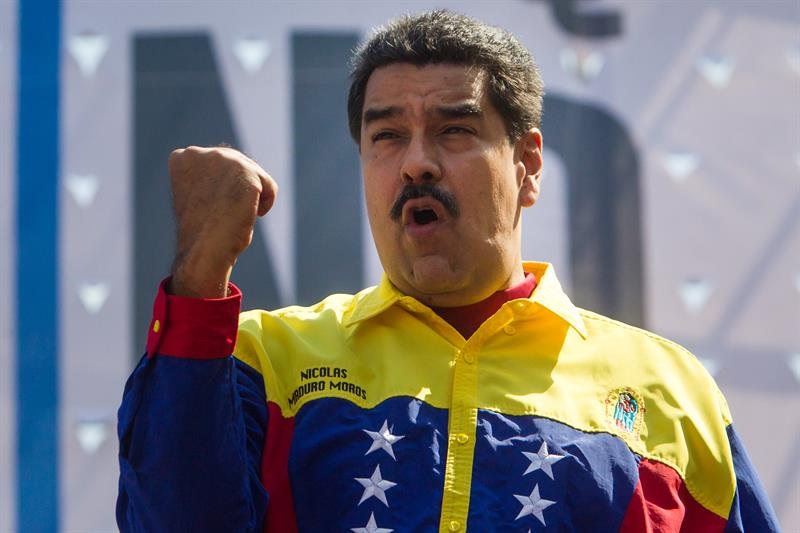
![]() Carlos Alberto Montaner, 2 April 2017 — Maduro changed course. The country’s Attorney General, Luisa Ortega Díaz, facilitated it on a silver platter. Surely it was prearranged. First, Nicolás Maduro eliminated any vestige of democracy in Venezuela. His hitmen in the Supreme Court of Justice took care of it by assuming all the duties of the National Assembly. It was to be their last maneuver. The dictatorship would continue, but now without pretending, and with an even tougher iron hand. The way was made clear to accuse the deputies of treason against the fatherland, or of anything else that came to mind.
Carlos Alberto Montaner, 2 April 2017 — Maduro changed course. The country’s Attorney General, Luisa Ortega Díaz, facilitated it on a silver platter. Surely it was prearranged. First, Nicolás Maduro eliminated any vestige of democracy in Venezuela. His hitmen in the Supreme Court of Justice took care of it by assuming all the duties of the National Assembly. It was to be their last maneuver. The dictatorship would continue, but now without pretending, and with an even tougher iron hand. The way was made clear to accuse the deputies of treason against the fatherland, or of anything else that came to mind.
They didn’t get away with it. National and international resistance became too strong. The congressman and the students took to the streets in protest. The latest step had been too impudent. Luis Almagro quickly set up the trenches at the OAS, while the PPK in Peru was practically breaking off relations, while Maduro’s allies –Leonel Fernández, Rodríguez Zapatero and Martín Torrijos– began to advise him that they could no longer join in this latest totalitarian twitch. continue reading
The operation to destroy the National Assembly began in earnest after the electoral defeat in December 2015. It was to be the Venezuelan version of the Nicaraguan piñata. It was then, during the few weeks that remained before the new Parliament was due to take charge, when, foot to the pedal, they undertook to reform the high echelon of the judicial branch, trampling on the Constitution and getting ready to govern by brute force as necessary.
And what does Raúl Castro think about all this? The bottom line is that the headquarters of 21st Century Socialism is in Havana. Nicolás Maduro is but a puppet (and a bad one at that) trained in the Marxist-Leninist workshops at the Cuban Communist Party’s School for Cadres, first suggested to Hugo Chávez by Fidel Castro.
To the Cuban intelligence services Maduro seemed to be a malleable and docile simpleton who speaks to the birds, and is much less corrupt and more tractable than say Adán Chávez, brother of the late Lieutenant Colonel. He was not perfect, but, from the available Venezuelans to choose from, he was the most useful to “the Cubans,” precisely on account of his weaknesses.
And what is going to happen now? Not much, unless the United States abandons its ridiculous attitude that “Venezuela is not a danger, but rather an inconvenience,” policy started during the Administration of George W. Bush and adopted by Barack Obama.
The government of Venezuela, although chaotic and disorganized, is a danger to the security of the United States due to its connections with Islamic terrorists and because of its military links to Iran and Hezbollah. It doesn’t have nuclear warheads but it possesses other means of severely harming its archenemy.
It is a danger because of its association with drug traffickers and for assigning some of its generals to be involved in this murderous trade. It is a danger because of its militant “anti-Yankeeism” always on the lookout for new conquests, and because it is one of the most corrupt nations on the face of the planet.
How does it help the Treasury Department in Washington to prosecute corruption by the heads of FIFA, the international soccer association, or a dozen bankers for laundering capital from the drug trade, as the DEA has denounced, if Venezuela is a narco-state working with impunity in all these activities while additionally openly helping the Colombian narco-guerrillas too?
Lastly, the government of Venezuela is endangering its own population, deliberately starved, while the country approaches a terrible humanitarian catastrophe with a lethal combination of terrible government and corruption. Hadn’t we come to the conclusion that we “have the duty to protect” the victims of these political horrors?
The United States is the only nation in the Americas with the strategic vision, resources, material wherewithal and sense of responsibility necessary to defend itself from its enemies and to formulate a “roadmap” as it is called today, intended to change a regime which greatly harms it and poisons all of Latin America too.
Perhaps it is not wise for the United States to eliminate its purchases of oil from Venezuela –the only cash source of income for the country– but it would be feasible to deposit the revenue from these transactions into an escrow account until the National Assembly certifies that Maduro’s behavior comports with constitutional norms. It would be an irresponsibility to feed an illegitimate government which usurps functions not within its purview.
It is not true that the Cold War completely ended. The USSR disappeared and with it the Communist regimes of Eastern Europe disappeared too, but the United States continues to have persistent enemies dedicated to fighting this country by any and all means. If Washington wishes to continue to be the head of the free world it cannot evade the Venezuelan issue. It has to step forward to lead the Continent. Nobody else can, or knows how, to undertake this task.
Note: English version from Montaner’s website

